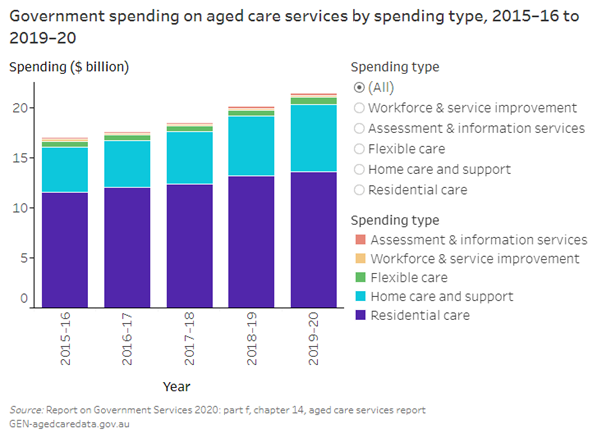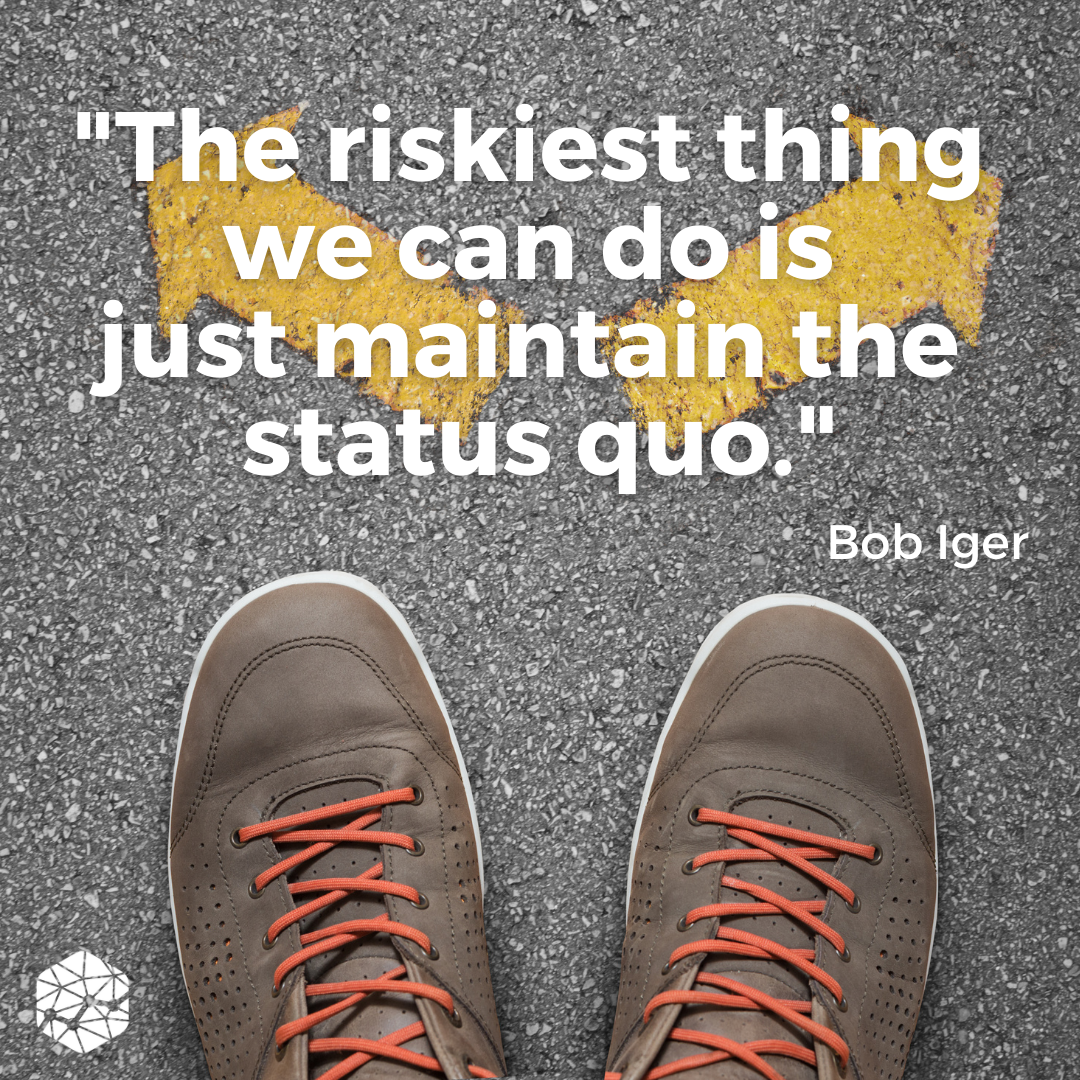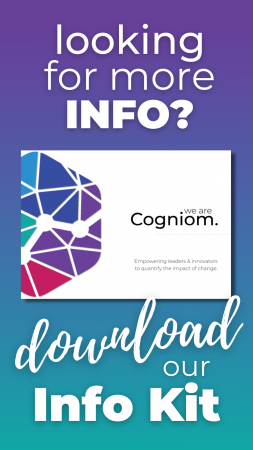Assumptions are a funny thing.
While on one hand they can be a great starting point when investigating or researching something new. However, when they are used solely to make and enforce decisions, they can become like that bad influence friend you had in high school that your Mum flat out disapproved of. They will often lead you down the wrong path and eventually lead to bad decisions.
When we use assumptions as a source of truth, we rob ourselves of the opportunity to discover and to understand. We leave ourselves without the ability to question and ultimately without the ability to make impactful decisions.

There is a saying: “Work as Imagined versus Work as Done” and in the current aged care climate, it seems to be a case of “never the twain shall meet”.
On September 30th I was co-host with Ben Magid on the “Healthcare Innovations in the Land Down Under” Clubhouse talking about the need for a transformation roadmap to a digital aged care system.
Our guest speakers came from different areas of the industry: government, health economy and start up founders, and no matter their point of view, the conversation lead back to one common theme:
Data.
Or more to the point: the lack of access and lack of literacy around data.
Inherently, every business, regardless of industry, generates data. From data generated within internal systems to the feedback and opinions collected from clients, to the unseen (and often uncaptured) data generated from the undertaking of daily tasks by the company workforce.
From data we can learn more about financial trends, how people perceive our business, the services they like, dislike or wish we had, how a day unfolds for our frontline workers and where the areas lay that could be a little more efficient.
Data can help us to ensure we are meeting internal goals and KPIs, industry led standards and governance needs.
Perhaps most importantly, data can also help us to measure Return on Investment (ROI) metrics and quantify the impact that change and innovation has on our business.
Our guest speakers at the Clubhouse session all spoke of gaps in data reporting, the failings in poor data collection methods, the lack of data analysts within the industry and the sheer illiteracy when it comes to interpreting and using data to make informed decisions.
Ester Willims, Health Economist and Director of Populeux put it best.
“I have yet to see the use of data to inform decision making at any level in the aged care industry.”
The question I was left with was…
Why?

We know that the Aged Care Industry is under the pump to embrace the digital world with a transformation project unlike anything we’ve seen in recent years.

With nearly $17.7 billion funding about to be invested into aged care, showing benefits and ROI from this transformation will be paramount.
They’re calling it a “once in a generation” change for Aged Care, but what safeguards are in place to ensure Aged Care facilities are equipped to spend their funding wisely, and not make decisions based on the assumptions of generations past?
We know that data can uncover incredible insights that standard reporting alone cannot, however data collection, historically, has never been the most user-friendly experience. There are many horror stories of stop watches and manual data entry and months attempting to compile reports for any sort of meaningful use – all of which lead to the act of collecting data to be a perfect fit for the “TOO HARD” basket.
Data literacy is another barrier. It almost seems like embracing data to empower educated and informed decisions is just as a farfetched novelty as embracing the new technology and innovative ideas required to accomplish the digital transformation. The lack of literacy and analysts in this industry also leads data centric projects back to the too hard basket.
Without the ability to easily collect and consume data, leaders are often ill-equipped to make the right decisions for their facility and their staff.
The danger we are facing with new funds is this:
If we throw money directly at problems we don’t fully understand, its unlikely we’ll have a viable solution and near impossible that it will achieve the intended benefits that have yet to be defined.
So instead, let’s start at the beginning.
- Invest in data capture, reporting tools and experts so we can truly understand the battles that the Aged Care industry is facing.
- Work with start-up founders and innovators to ensure they are producing solutions that properly address industry problems, and are equipped to prove ROI metrics to executive teams.
- Educate aged care professionals on how to understand the stories data presents them, how to positively embrace change and encourage their team to come along for the journey.
In all honesty, this whirlwind scenario is why we built the TANDM Suite, in a bid to bridge the gap between problem and solution and promoting an easy to way to gain the understanding needed for leaders to make fully informed decisions for their business and quantify their impacts.
More to the point, we know it works based on the projects we’re already undertaking with Populeux.
Change is uncomfortable but it doesn’t have to be unbearable.
The path of least resistance in the attempt to keep the ‘status quo’ is becoming (and in some cases has already become) the biggest part of the problem and we must ask ourselves:
What do we want that $17.7 Billion investment to achieve, and how do we prove it when we get there?






